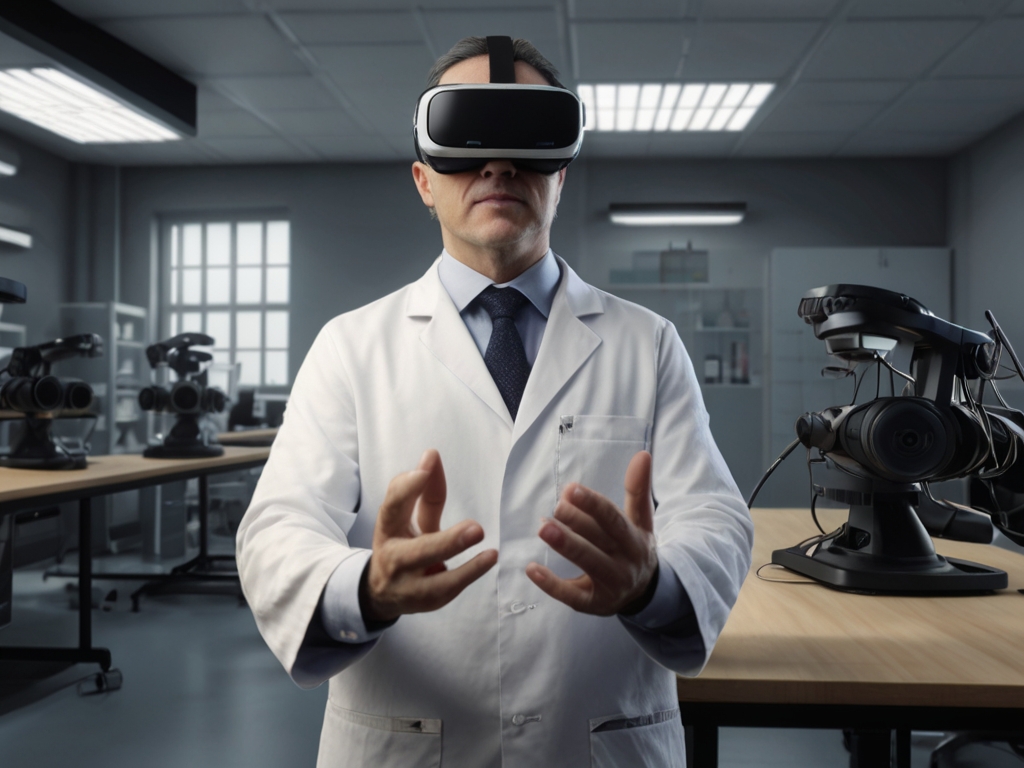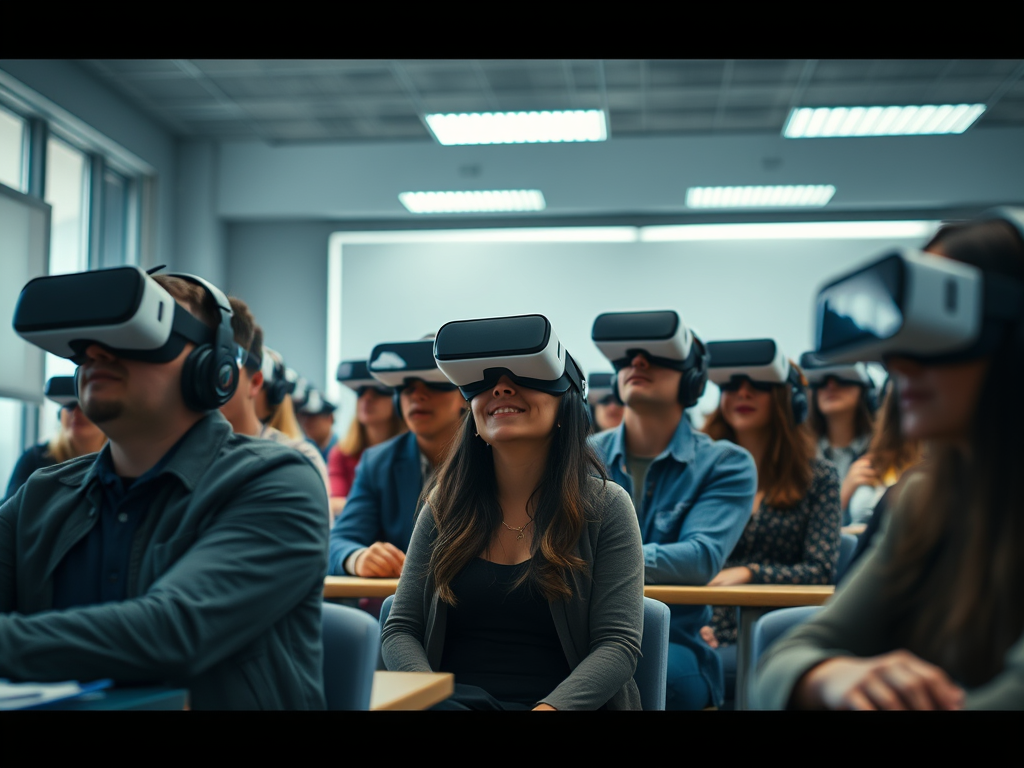This post may contains affiliate links which means I may receive a commission from purchases made through affiliate links.

Virtual reality (VR) has revolutionized numerous industries, but its impact on scientific research and discovery is particularly profound. Scientists around the globe are leveraging VR in innovative ways to enhance their understanding, conduct experiments, and communicate their findings. Here, we delve into three significant ways scientists are harnessing the power of virtual reality to push the boundaries of knowledge.
1. Visualization of Complex Data
One of the most compelling applications of VR in science lies in its ability to visualize complex data. From astronomical simulations to molecular structures, VR enables scientists to immerse themselves in datasets that are otherwise challenging to interpret on a flat screen or paper. Imagine being able to walk through a virtual galaxy, observing the movements of stars and planets in real-time, or manipulating a 3D model of a protein to understand its intricate folding patterns. These experiences not only enhance comprehension but also inspire new hypotheses and avenues for exploration.
For instance, astronomers can use VR to explore the cosmos at different scales, from the galactic to the planetary level, gaining insights into celestial mechanics and cosmic events like never before. Similarly, biologists can delve into the nano-world of cells and molecules, visualizing how proteins interact or how diseases manifest at a molecular level. Such visualizations not only aid in education and public engagement but also facilitate collaborative research across disciplines by providing a common, immersive platform for discussion and analysis.
2. Training and Simulation
Another transformative use of VR in science is in training and simulation. Whether it’s training medical professionals, teaching field techniques to geologists, or simulating hazardous environments for safety assessments, VR offers a safe and controlled setting for learning and practice. Medical students, for example, can perform virtual surgeries, practicing intricate procedures without the risks associated with real patients. This not only improves their technical skills but also enhances their confidence when they enter clinical settings.
In fields like archaeology and paleontology, VR can recreate ancient landscapes or simulate excavation sites, allowing researchers to experiment with different hypotheses about past civilizations or extinct species. Geologists can explore virtual terrains to study geological formations or simulate seismic events to better understand earthquake dynamics. By replicating real-world scenarios in a virtual environment, scientists can iterate experiments, test hypotheses, and refine methodologies before conducting costly or logistically challenging fieldwork.
3. Collaboration and Communication
Beyond individual research and training, VR facilitates collaboration and communication among scientists across the globe. Virtual meeting spaces enable researchers from different institutions and countries to come together in a shared environment, regardless of their physical locations. This is particularly valuable for interdisciplinary research projects where experts from diverse fields need to collaborate closely.
For example, climate scientists can use VR to visualize climate models and discuss their implications with experts in atmospheric science, ecology, and policy. Environmental engineers can simulate the impact of infrastructure projects on ecosystems, facilitating discussions with urban planners and conservationists. Such collaborative environments not only accelerate the pace of scientific discovery but also foster innovation by bringing together diverse perspectives and expertise.
Moreover, VR enhances public engagement by offering immersive experiences that make complex scientific concepts accessible to a broader audience. Virtual tours of laboratories, interactive exhibits on scientific discoveries, or simulations of historical events can captivate and educate people of all ages, inspiring the next generation of scientists and fostering a deeper appreciation for science.
In conclusion, virtual reality is not just a tool for entertainment or gaming; it is transforming the landscape of scientific research and discovery. From visualizing complex data and enhancing training simulations to fostering collaboration among researchers, VR opens up new possibilities for innovation and exploration. As technology advances and VR becomes more accessible, its role in pushing the boundaries of scientific knowledge will only continue to expand, promising a future where scientists can explore, discover, and communicate in ways previously unimaginable.




Leave a Reply